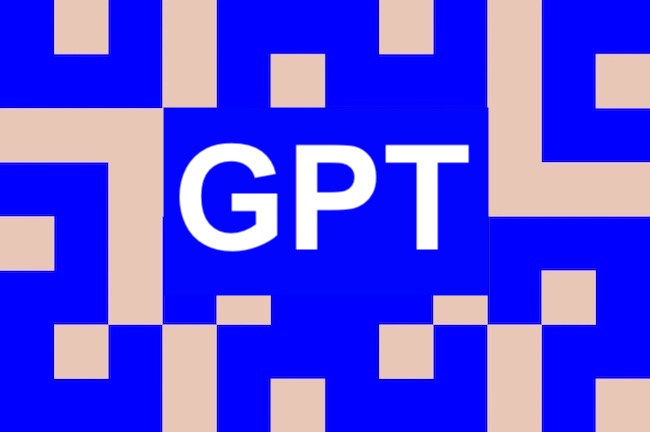The GPT Language Model has emerged as a prominent aspect in the field of natural language processing over the last few years. This AI model exhibits an impressive ability to generate text similar to human writing and comprehend language with enhanced complexity. We will delve into the concept of the GPT Language Model in this piece, discussing its functioning and future potential.
A Closer Look at the GPT Model
The GPT Language Model is an AI-driven language model that leverages machine learning algorithms to interpret human language. It has become a popular tool in NLP, enabling various tasks like:
- text completion,
- text summarization,
- machine translation,
- question-answering.
This language model is renowned for its ability to predict the succeeding word in a sentence, based on an analysis of word patterns and context. GPT has evolved over time, beginning with GPT-1, introduced by OpenAI in 2018 with 117 million parameters. GPT-2 followed in 2019 with 1.5 billion parameters, boasting even superior capabilities. GPT-3, released in 2020, has 175 billion parameters and has shown remarkable effectiveness in generating human-like text. The GPT-4 model was the next step in this iteration. And finally GPT-5 model is going to be released in Q3 this year. ChatGPT-5 will be powered by the model.
The Role of the Language Model in NLP
The GPT Language Model has been pivotal to NLP’s progress. Previously, NLP faced challenges due to a shortage of extensive text data for effective training. However, with the advent of GPT and the increased availability of large text data, significant strides have been made in NLP. The GPT Language Model, with its accurate predictions and human-like text generation, has been key to this advancement.
The Functioning of the GPT Language Model
The GPT Model employs a transformer architecture, enabling it to comprehend the context of words in a sentence. The model initially undergoes pre-training on a vast text data corpus, learning word patterns and contexts. Subsequently, it is fine-tuned for a specific task, like text completion or sentiment analysis. The final step involves the model generating text by predicting the next word in a sentence based on the preceding context.
Development Stages
The Model has seen various iterations, each more powerful and capable than the last, owing to increased parameters/ As mentioned previously, GPT-1 had only 117 million parameters, GPT-2 had 1.5 billion, GPT-3 had 175 billion, GPT-4 has even more params. The greater the parameters, the more sophisticated and accurate the language model. GPT-4 has received acclaim for its human-like text generation and versatility in various NLP tasks.
GPT Language Model Limitations
The Model has a few drawbacks, including potential bias, as it learns from the text data it’s trained on. It also relies heavily on extensive text data, making it challenging to train for languages with less available text data. Furthermore, it struggles to understand context beyond sentence level, leading to possible semantic errors despite grammatical accuracy.
Ethical Implications With any technology, ethical considerations are crucial. GPT Language Models can be exploited to create fake news, spam, and other harmful content. There are also worries about the impact of GPT-powered applications on job markets, especially in sectors reliant on written communication. Hence, developers and users of GPT-enabled tools must ensure ethical and responsible usage.
You can read more about Chat GPT Limitations.
GPT’s Future
GPT Language Model has revolutionized NLP. It promises an enhanced ability to generate human-like text and interpret language more naturally and intricately. Despite its limitations and the ethical considerations it introduces, the model’s potential is undeniable.
With the continuous improvements and the development of future versions like GPT-4 and GPT-5, we can expect even more impressive advancements in language processing.
Thus, the GPT Language Model is set to be an influential tool, potentially transforming multiple industries through its wide range of possible applications.
Read more related articles:
